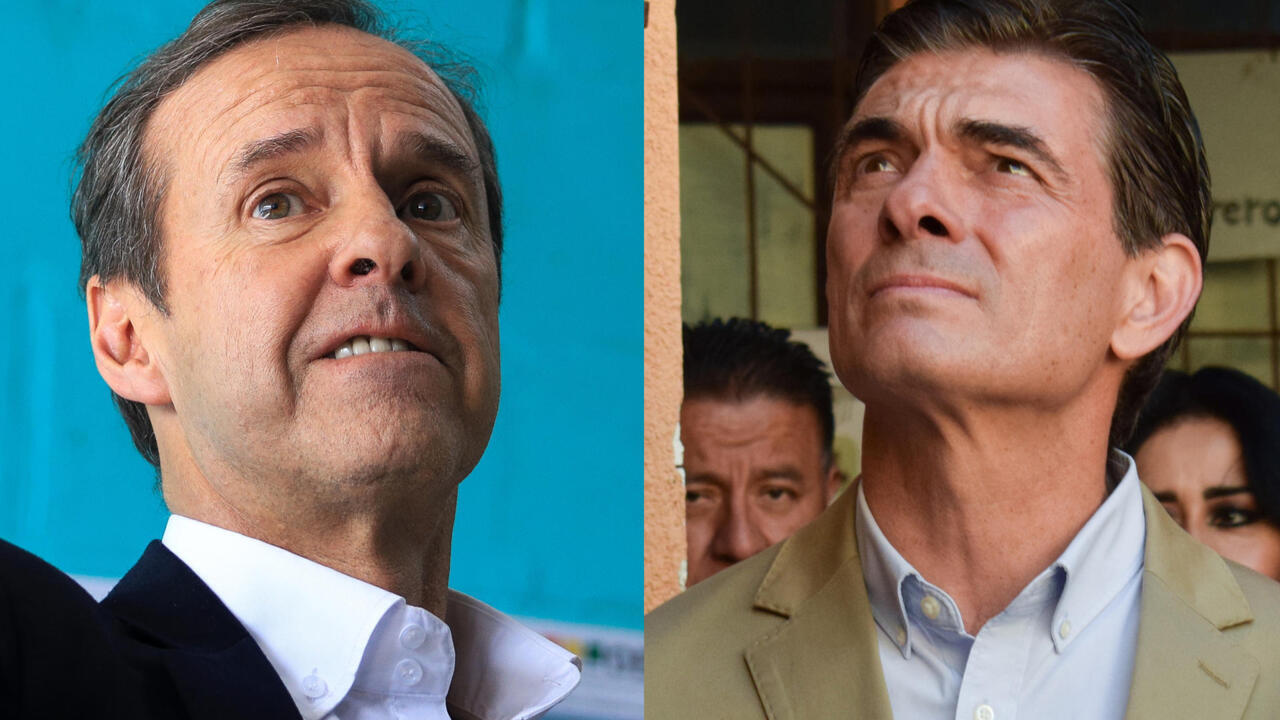The Eisenhower, Kennedy, and Johnson Administrations each viewed higher education as critical to the U.S. standing in the global economy and vital to America’s national defense. After the passage of the National Defense Education Act in 1958, the trio invested nearly $12 billion in academic institutions. The Trump Administration however, has moved the country in the opposite direction.
In March, President Donald Trump shocked the nation by freezing over $6 billion in federal grants to universities and colleges—funds which were to be used to advance cutting-edge research in cancer therapies, quantum computing, and precision agriculture, among many other national initiatives that significantly contribute to the U.S.'s economic growth. Some of the funds frozen by Trump have since been unfrozen after institutions yielded to federal predilections while others remain in limbo even after concerted efforts to find common ground.
The Trump Administration’s intrusive, and even hostile, federal interventionism over the past year has caught university and college leaders by surprise. When we surveyed 103 higher education leaders we heard genuine concern for the human, intellectual, and financial toll on their institutions exists. And we received a wide spectrum of responses, revealing a major divide between public and private schools—and disjointed negotiation efforts.
For instance, among the Ivy League institutions Harvard University has courageously challenged the seizure of more than $2 billion in already awarded federal funding. The nation’s oldest university has concurrently engaged in negotiations with the White House, but an official agreement has not been reached. Then, there is Columbia University, which took a more conciliatory approach, quickly reaching an agreement to pay a $200 million fine over three years but consenting to more of the administration’s invasive non-monetary stipulations. Others, like Dartmouth, have conspicuously avoided serious federal probes under a policy that mixes cowardice, hypocrisy, and naïveté.
And public institutions have also demonstrated a range of responses. The University of Texas at Austin has adopted the Trump Administration’s desired ideologically aligned measures, such as banning DEI initiatives, removing administrators for “ideological differences,” and launching an audit committee to ensure compliance with state priorities. Meanwhile, the Trump Administration is demanding that the University of California system pay $1.2 billion, appoint administrative overseers, and end race-based scholarships, among other demands, as system administrators attempt to secure the return of over $580 million in frozen federal funds.
But colleges and universities of all kinds ultimately face the same impossible choice: comply with federal directives or stay true to institutional mission. The former promises a reprieve from federal scrutiny, albeit likely to be temporary under a highly unpredictable president, in exchange for academic independence. The latter risks losing additional federal funds and making excruciatingly difficult leadership decisions.
According to our survey, the divided response reveals the depth of the dilemma. While 60% of leaders report taking a middle path, adopting only those federal policies that align with their mission, private institutions are twice as likely as their public peers to pursue this strategy. Public school heads are largely conflicted, with a nearly equal split between full compliance, outright refusal to comply, and adopting only those policies that align with their values.
The confusion comes amid ongoing turmoil. Over 75% say they are concerned that the Trump Administration’s increased endowment tax will create budget holes. Additionally, though public and private institutions are feeling the discomfort from the federal research grant formula changes, our survey suggests that public schools are being forced to take more drastic measures. They are three times more likely to have resorted to laying off staff. Private schools have mostly taken a wait-and-see approach.
Perhaps surprisingly, while increased federal oversight is perceived as a threat to U.S. economic growth and global competitiveness by three-quarters of respondents, private institutions expressed a notably higher degree of unease compared to their public peers. Higher education has been the most competitive U.S. economic sector, directly underpinning an industrial base that contributes to nearly half of GDP, accounts for the majority of annual GDP growth, and amounts to twice the spending of the federal government. The trade surplus generated from higher education comprises approximately 14% of the total U.S. services trade surplus, similar to the combined exports of soybeans, coal, and natural gas.
Furthermore, the tuition fees paid by international students contribute approximately $44 billion to the U.S. economy. But this growth engine is now at risk, with over two-thirds of respondents expecting international student applications to plummet, potentially leaving a significant revenue gap in already strained budgets.
More troubling, numerous stories have since emerged about international rivals, such as China, exploiting the chaos within these institutions by stealing current and prospective research talent. Our survey confirmed such worries are top of mind for higher education leaders. Over 60% of higher education leaders are experiencing student attraction or retention challenges. More than one-quarter have reported losing researchers and faculty; again, public institutions report that they are being hit harder.
Amidst the turmoil of rising operating costs, reduced public funding sources, and declining enrollment trends, leaders remain steadfast: 75% see the increased federal scrutiny as an opportunity to reimagine their value proposition, rethink higher education, and regain public trust. What surfaced is a general consensus among the group that the “need to streamline the higher education operating model has never been greater.”
Higher education leaders believe that demonstrable career and economic outcomes must be delivered while also maintaining academic rigor. Curricula need to be updated for the future workforce. Real-world learning experiences must be integrated into the system. Employer partnerships should be strengthened. Technology should be used to cut bureaucracy. Revenue streams must extend beyond the traditional tuition-based model, including the development of corporate partnerships and non-degree offerings.
But perceptions matter, too. Three-quarters of the leaders recognize that the economic and societal contributions of higher education are vastly underappreciated, particularly in the areas of science, research, and innovation. And even as the system evolves for the modern era, the enduring value of the degree must be more clearly articulated.
However, with the U.S. government now shifting from ally to adversary, the higher education sector is already suffering significantly in terms of institutional health and global image. Foreign schools have seized the opportunity to attract U.S. star faculty members and to divert highly sought-after, brilliant international students who tend to pay full freight tuition.
Ironically, the most damaging impact of the Trump Administration has been to hurt public schools while its rhetoric has targeted vignettes from private schools. The budgetary cutback and drain of faculty imposed politically and financially on state schools threatens to derail the momentum they have enjoyed for the past three decades.
The core questions are: Will higher education emerge strengthened and renewed, or permanently diminished? The next one to three years will determine whether higher education faces a convergence of crises, including talent flight, revenue threats, and structural problems, all of which will be exacerbated by federal pressure. The stakes couldn't be higher for U.S. economic competitiveness, innovation leadership, cultural enrichment, and social cohesion. Perhaps the Trump Administration should reconsider its lower investment in higher education to strengthen U.S. competitiveness—but school leaders know they cannot wait for such an epiphany.











 English (US) ·
English (US) ·